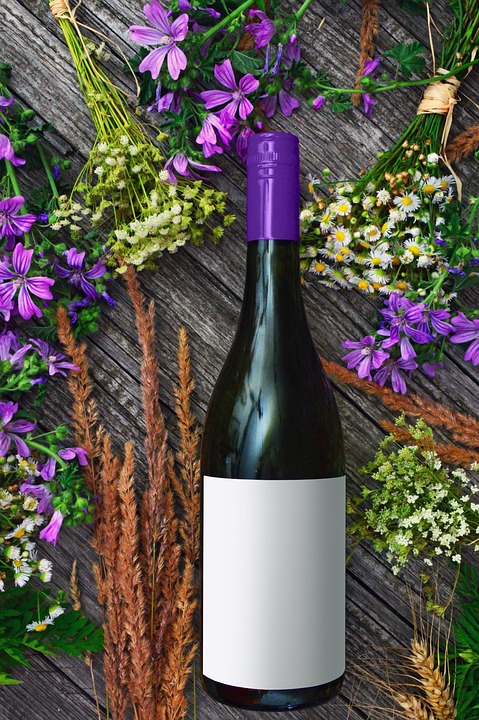Introduction
Veneto, located in northeastern Italy, is renowned for its picturesque vineyards, historic cities, and rich cultural heritage. Wine tourism in Veneto offers a unique opportunity to explore the region’s winemaking traditions, sample world-class wines, and immerse oneself in the beauty of the countryside. In this report, we will delve into how Veneto wine tourism connects vineyards, cities, and history, highlighting the economic impact, key players in the industry, and future trends.
Economic Impact of Veneto Wine Tourism
Financial Data
Veneto’s wine tourism industry plays a significant role in the region’s economy, contributing millions of euros annually. According to the Veneto Regional Wine Tourism Observatory, the sector generated over €500 million in revenue in 2019, with steady growth projected for the coming years. This revenue encompasses various aspects of wine tourism, including winery visits, wine tastings, and accommodation at vineyard estates.
Industry Insights
The success of Veneto wine tourism can be attributed to the region’s diverse range of wine offerings, from the iconic Prosecco to the bold Amarone. Wineries in Veneto have capitalized on this diversity by offering unique tasting experiences, vineyard tours, and culinary events to attract visitors from around the world. In addition, the region’s proximity to popular tourist destinations such as Venice and Verona has further boosted wine tourism in Veneto.
Key Players in Veneto Wine Tourism
Actual Companies
Several renowned wineries in Veneto have established themselves as key players in the wine tourism industry. One such company is Villa Sandi, a historic estate in the Prosecco-producing region of Valdobbiadene. Villa Sandi offers guided tours of its vineyards, cellar tastings, and gourmet dining experiences, showcasing the art of Prosecco production to visitors.
Another notable player in Veneto wine tourism is Allegrini, a family-owned winery in the Valpolicella region known for its Amarone wines. Allegrini’s estate features a stunning villa dating back to the 16th century, where guests can enjoy wine tastings, cooking classes, and cultural events. These companies, along with many others, have helped put Veneto on the map as a premier wine tourism destination.
Connecting Vineyards, Cities, and History
Vineyards
Veneto’s vineyards are not only a source of world-class wines but also a reflection of the region’s rich history and cultural heritage. Many vineyards in Veneto have been passed down through generations, with winemaking traditions dating back centuries. Visitors to these vineyards can witness firsthand the meticulous process of grape cultivation, harvesting, and wine production, gaining a deeper appreciation for the craftsmanship behind each bottle of Veneto wine.
Cities
The cities of Veneto, such as Verona, Padua, and Vicenza, serve as gateways to the region’s wine country, offering a perfect blend of urban sophistication and rural charm. Tourists can explore historic landmarks, architectural marvels, and vibrant piazzas before venturing into the surrounding vineyards for wine tastings and tours. This seamless integration of city life and rural landscapes adds a unique dimension to Veneto wine tourism, allowing visitors to experience the best of both worlds.
History
Veneto’s winemaking tradition is deeply rooted in its history, with evidence of grape cultivation and wine production dating back to Roman times. The region’s ancient vineyards, terraced hillsides, and traditional winemaking techniques serve as a testament to Veneto’s enduring commitment to quality and authenticity. By exploring these historical aspects of Veneto wine culture, tourists can gain a deeper understanding of the region’s heritage and the importance of preserving its winemaking legacy for future generations.
Future Trends in Veneto Wine Tourism
Industry Volumes and Trends
Looking ahead, Veneto wine tourism is poised for continued growth and innovation, driven by evolving consumer preferences and emerging market trends. The region’s wineries are increasingly focusing on sustainable practices, organic farming, and eco-friendly initiatives to attract environmentally conscious travelers. Additionally, the rise of wine education programs, wine festivals, and wine-themed events in Veneto is expected to further enhance the visitor experience and promote the region as a top wine tourism destination.
In conclusion, Veneto wine tourism offers a captivating blend of vineyards, cities, and history, providing a holistic experience for wine enthusiasts and cultural travelers alike. By exploring the economic impact, key players, and future trends in the industry, we can appreciate the enduring appeal of Veneto as a premier wine tourism destination in Italy.




